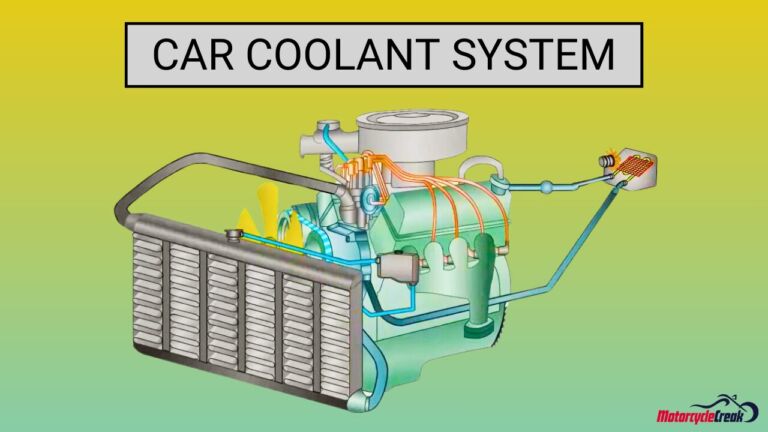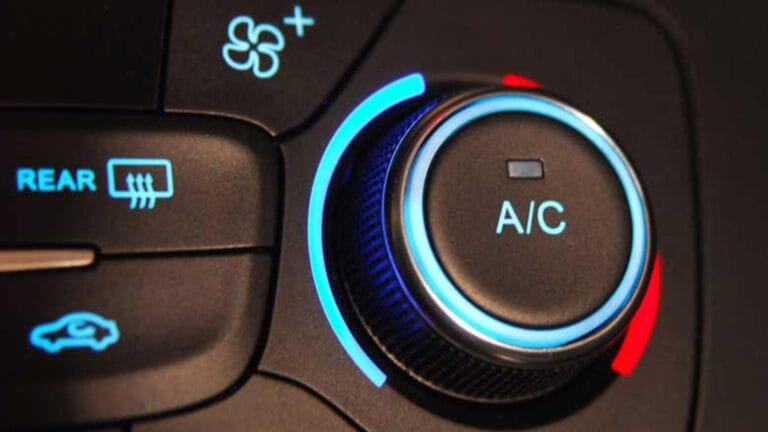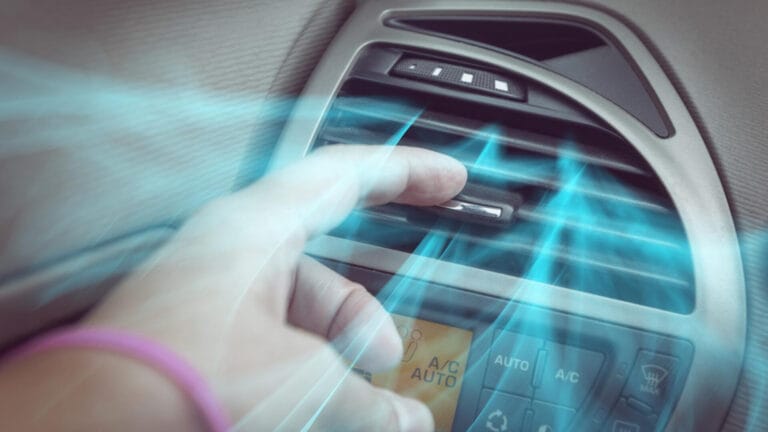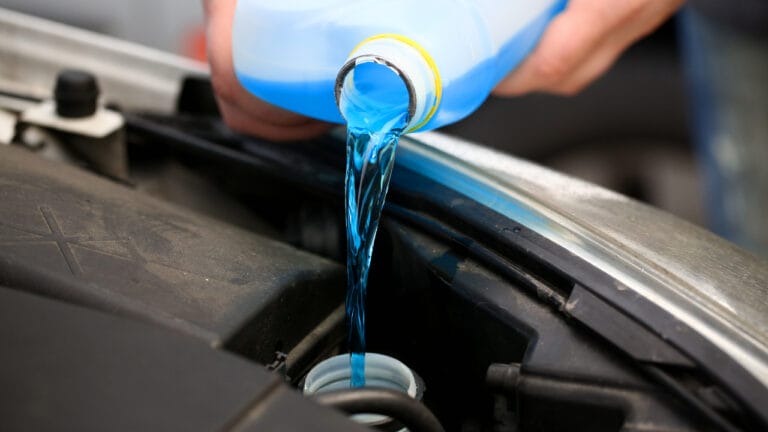Can You Drive Without a Coolant Reservoir Cap
Whether cruising down the highway or pondering your engine’s mysteries, remember that your car and I are just a click away from all your automotive wonders.
I have talked a lot surrounding the coolant, like “Can you drive with a coolant leak?”, how long you should wait to put coolant, and so on. So today, I decided to talk about a little but essential component you might not pay much attention to – the reservoir cap. Surprised? How can it be so important?
It’s not just a tiny cap hiding under your hood; this little cap has big secrets. It’s an essential pressure regulator within the cooling system. Without it, the delicate balance is disrupted, leaving your engine vulnerable to overheating.
The risks? Engine components strained beyond their limits, potential coolant loss, and a steamy situation that could leave you stranded on the roadside. So can you drive without a coolant reservoir cap or not?

Let’s unravel the answer and explain why the reservoir cap is more than just a small part under the hood.
- The Role of the Coolant Reservoir Cap
- Can You Drive Without A Coolant Reservoir Cap?
- Consequences of Driving Without the Coolant Reservoir Cap
- Can You Safely Drive Without Coolant Reservoir Cap?
- Can a Missing Coolant Reservoir Cap Cause Overheating?
- What Can I Use If I Lost My Coolant Reservoir Cap?
- Coolant Reservoir Cap Off? Safe Driving Practices
- Coolant Reservoir Cap: Don’t Drive Without It
The Role of the Coolant Reservoir Cap
What is a Reservoir Cap
A coolant reservoir cap, also known as a radiator cap, is a small cap located on the top of the coolant reservoir to seal the radiator and maintain pressure within the cooling system. It has a spring-loaded valve, allowing excess pressure to escape, preventing air from entering the system and further damage.

How Reservoir Cap Works
When your engine heats up, the coolant expands, creating pressure. This pressure needs to be released somewhere, and that’s where the coolant reservoir cap comes in. The spring inside the cooling system tightens up, letting the coolant move into the reservoir tank. This back-and-forth makes sure the coolant can expand when needed while keeping the cooling system working just right.
But that’s not all! Once the engine cools down, the coolant contracts and acts as a vacuum relief valve that pulls more coolant from the reservoir back into the system.
Can You Drive Without A Coolant Reservoir Cap?
Yes, you can drive without a coolant reservoir cap for a short distance, but it’s not recommended. This small-cap serves multiple essential functions, improving your engine’s overall health.
Firstly, it acts as a pressure release valve, regulating the pressure within the cooling system. This function prevents over-pressurization, which can lead to coolant leaks or damage to various components.
Furthermore, the cap prevents the coolant from evaporating and escaping, ensuring a consistent and effective cooling process. Without the cap, the coolant could boil at lower temperatures 45 F (25 C), increasing the risk of engine overheating. Additionally, it acts as a barrier, preventing contaminants such as dirt and debris from entering the cooling system and safeguarding it against potential damage.
While technically, you can drive a short distance without the reservoir cap, replacing it as soon as possible is essential. Continuing to drive without the cap can lead to decreased efficiency in the cooling system, potential overheating, and long-term damage to the engine.
Consequences of Driving Without the Coolant Reservoir Cap
Your car is a reliable companion on the open road, with the engine humming smoothly. Now, imagine hitting the pavement without a small yet crucial player – the coolant reservoir cap. Beyond the inconvenience of a missing cap lies a cascade of potential troubles.
The consequences of driving without this unassuming lid extend far beyond a mere hot engine. From the risk of overheating to the potential for expensive engine damage, neglecting the reservoir cap can turn a routine drive into a journey fraught with automotive headaches.
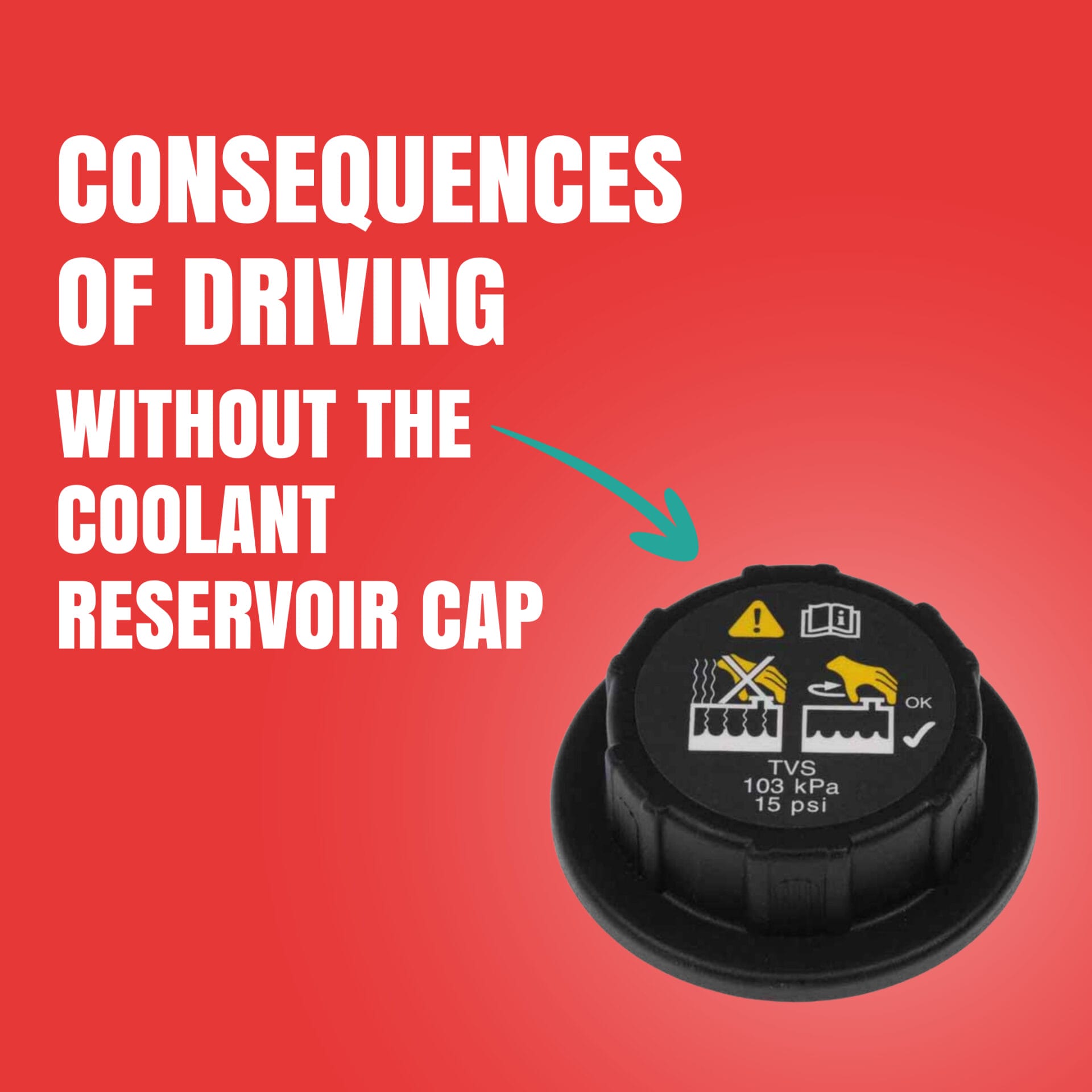
Let’s take a closer look at why this seemingly minor component plays a major role in your car’s well-being.
- Pressure Buildup: The cooling system operates under a specific pressure to elevate the boiling point of the coolant. Without the cap, there’s no efficient way to manage this pressure, leading to potential overheating.
- Coolant Loss: The cap also prevents the coolant from evaporating and escaping. Without it, you might experience a gradual loss of coolant, further reducing the system’s ability to dissipate heat effectively.
- Engine Strain: Overheating puts immense strain on engine components. Seals may degrade, gaskets may fail, and engine oil and metal components may warp, affecting the overall performance and longevity of the engine. This may also drain the engine oil faster.
- Potential for Breakdown: Continuous overheating can eventually cause your engine to break down. This not only leads to a frustrating roadside experience but can also result in more extensive and costly repairs.
- Warped Cylinder Heads: Overheating can cause the cylinder head gasket to warp. This is a serious issue as it affects the combustion process, reducing engine efficiency and power.
- Water Pump Damage: The water pump is a critical component for circulating coolant through the engine. Overheating can damage the water pump, hindering its ability to cool the engine effectively.
- Cracked Engine Block: Extreme heat can cause the engine block to crack. This is a severe issue that often results in extensive and expensive repairs, and in some cases, replacing the entire engine, that might be more cost-effective.
Long-term Mechanical Issues: Consistent neglect of the reservoir cap can contribute to long-term mechanical problems, impacting various engine components and ultimately decreasing the overall lifespan of your vehicle.
Can You Safely Drive Without Coolant Reservoir Cap?
No, you can’t safely drive without a coolant reservoir cap. You see, the coolant reservoir is where the excess coolant goes when your engine heats up. And the cap? Well, it’s not just any ordinary cap, a guardian for your engine. It works a bit like a pressure cooker, making your coolant handle higher temperatures without boiling. It releases pressure (15-20 psi) when things get too hot and maintains the right amount of pressure in the coolant system. Without this coolant cap securely in place, you risk losing coolant 10x faster through evaporation or leaks in the overflow tank, which can lead to low coolant level, mess under the hood, and serious engine damage.
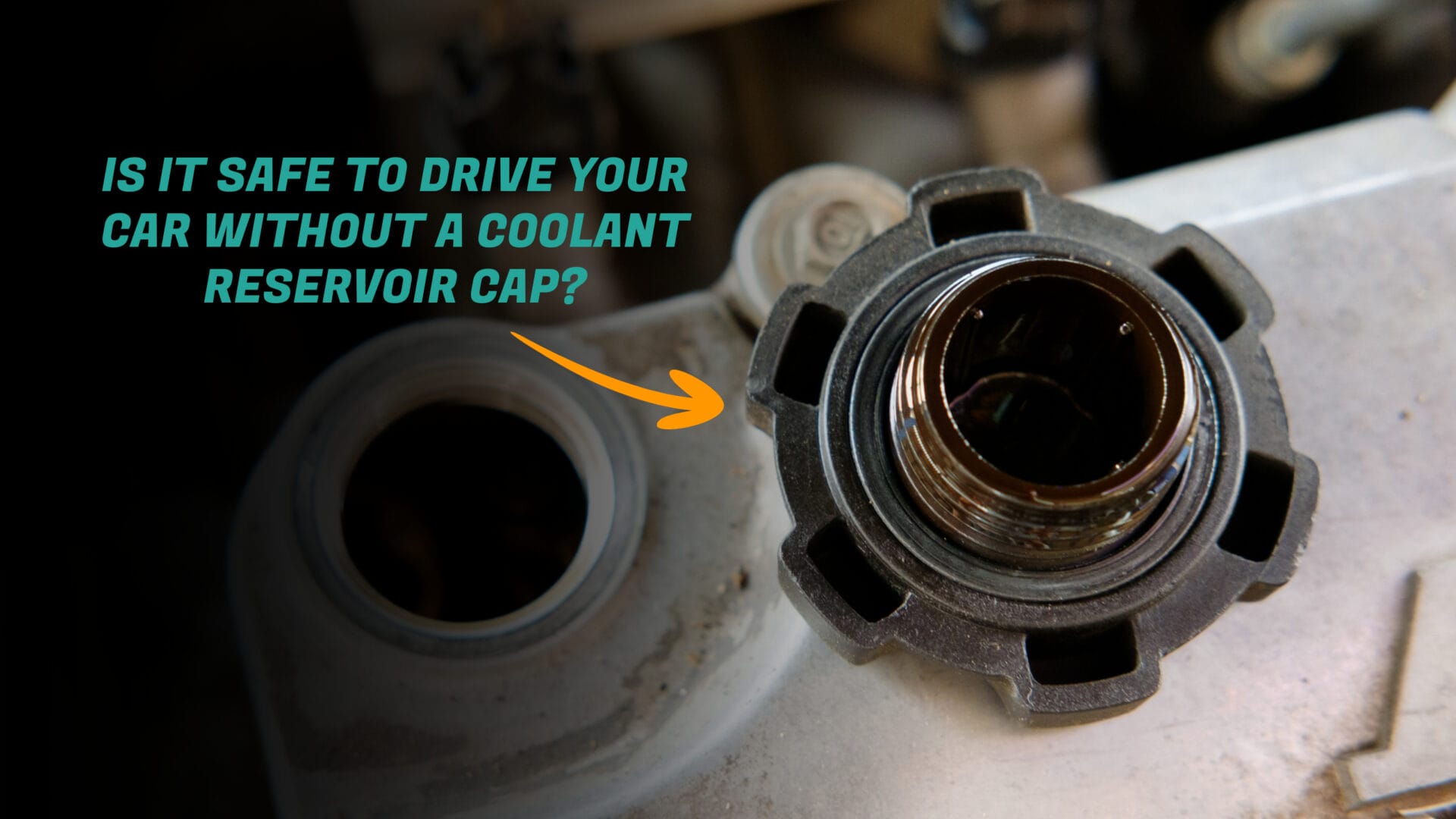
Can a Missing Coolant Reservoir Cap Cause Overheating?
Yes, a missing coolant reservoir cap causes overheating. The radiator cap in your car is more than just a lid – it’s like a gatekeeper for your engine’s temperature. It seals the coolant bottle and manages the pressure inside.
Here’s the science behind it: as your engine temperature rises, coolant boils (212 Fahrenheit) and transforms into vapor or gas molecules. The expansion tank cap holds this pressure within the radiator and boosts the boiling point of the coolant by around 40 degrees Fahrenheit. It ensures there’s no “boil off,” keeping your engine coolant in its liquid superhero state.
Without the cap, this vapor can easily escape, expand, overflow, and finally lead to overheating troubles.
What Can I Use If I Lost My Coolant Reservoir Cap?
So, your coolant reservoir cap decided to take a vacation without you?
Having read the consequences of driving without a coolant reservoir cap, I think you already understand its importance. However, what can you do if you have lost it? Well, I have a few temporary fixes for you that’ll keep your engine from breaking a sweat.
Let’s know them.
- Check if any other caps on your vehicle are compatible with the coolant reservoir tank. Sometimes, a windshield washer or power steering fluid reservoir cap can temporarily fit and provide a seal.
- You can use a temporary fix like a plastic wrap or a tightly-sealed plastic bag and a rubber band. Simply cover the opening of the reservoir with the plastic bag, ensuring it is tightly sealed with the rubber band.
- Another option is to use a temporary cap, such as a bottle cap from a soda or water bottle. Just make sure it fits securely and provides a tight seal.
Remember, these makeshift solutions can only help prevent any debris or contaminants from entering the system for a short time. If you drive the car at a higher speed and the coolant overflow bottle, none of these options can prevent it. They will just prevent outsiders from entering inside but can not stop the hot coolant from boiling or coming outside. So try to find a proper replacement pressure cap as soon as possible to ensure optimal performance.
Coolant Reservoir Cap Off? Safe Driving Practices
Engine health is a top priority. So, if you have the coolant reservoir cap off, it’s better to replace it as soon as possible to prevent potential damage to the cars engine and cooling system. However, if it’s an emergency or you are middle of the road, you can continue driving with a few precautions.
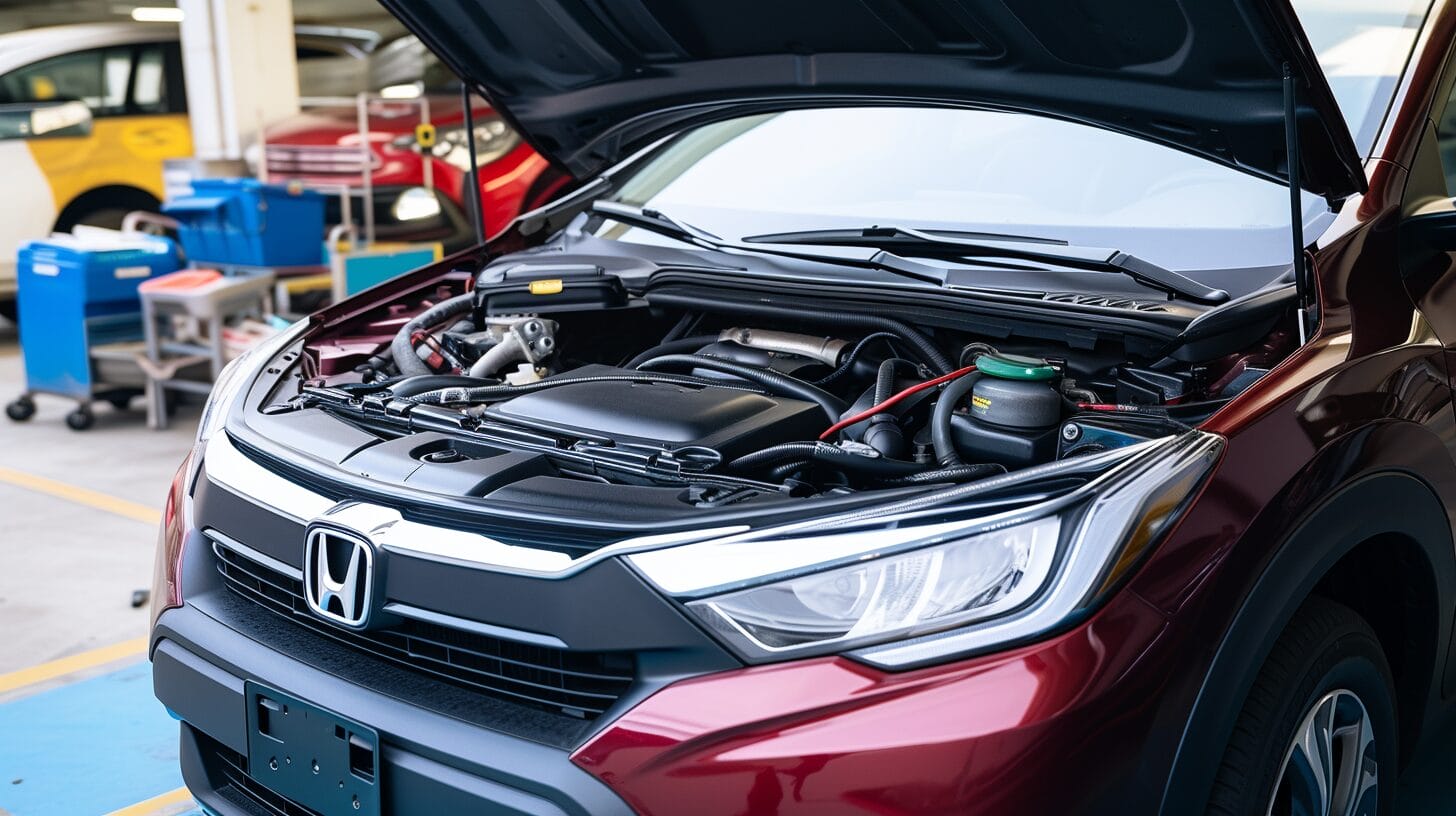
Keep It Short and Sweet:
If the cap is absent, consider having the vehicle towed rather than driving it. But if it’s needed, drive slowly, don’t turn it into a marathon. Short trips are better to avoid potential overheating issues.
Watch the Temperature Gauge:
Keep an eye on your temperature gauge. If it starts climbing into the danger zone, consider it as your car’s distress signal. You should make a pit stop immediately to address any overheating issues before they spiral out of control.
Check Coolant Levels:
Periodically check your coolant tank to know the coolant levels. Without the coolant expansion tank cap, you might experience some coolant loss. Topping it up as necessary is like giving your engine a refreshing sip, making sure it stays cool and runs smoothly.
Avoid Heavy Traffic:
If possible, steer clear of heavy traffic or stop-and-go situations. These conditions can exacerbate the risks associated with driving without the cap. It’s like taking the scenic route for your car’s well-being, giving it a smoother ride until you can get that cap back on.
Replace the Cap ASAP:
Consider this a temporary solution. Replace the missing cap as soon as possible to ensure your cooling system functions optimally. From now on, keep a replacement cap on hand to use in immediate situations.
Coolant Reservoir Cap: Don’t Drive Without It
Driving without the coolant reservoir cap isn’t just a matter of a hot engine; it’s a risky venture that can lead to a chain reaction of engine-related problems, from reduced performance to substantial and costly damage. Now you know the importance of this overlooked component and how to keep your engine purring like a contented kitten.
So, maintain your vehicle’s cooling system and ensure that all components, including the reservoir cap, are in good working condition. If you notice that your cap is missing or damaged, replace it as soon as possible to prevent any potential issues and ensure your engine stays in top-notch condition.
Don’t forget to take a deeper dive into our treasure trove of articles on automotive care and maintenance. Your car deserves the best, and I’m always here to be your trusty guide on this road of knowledge.

